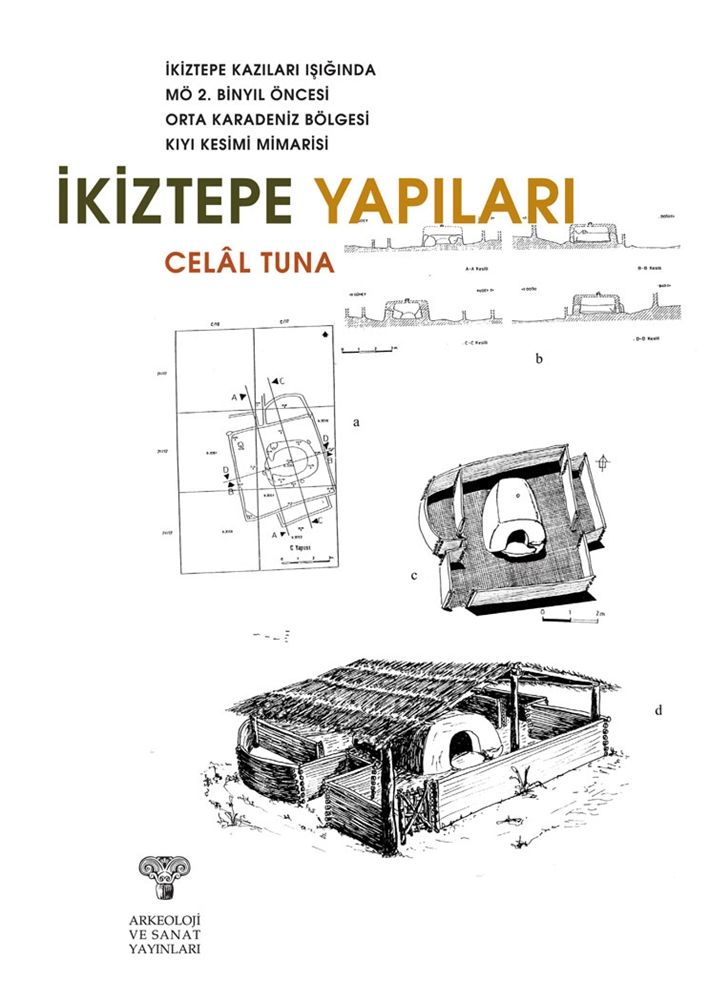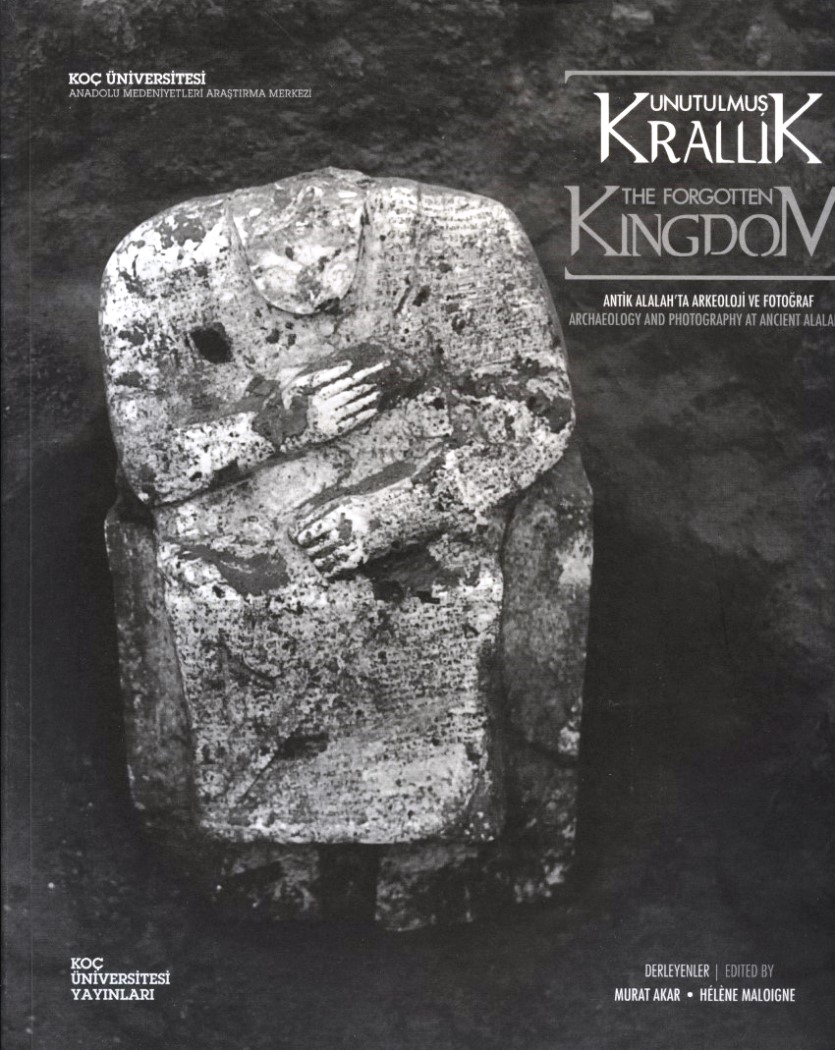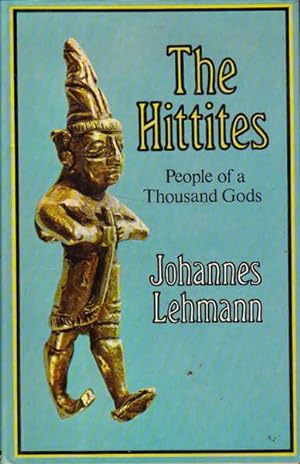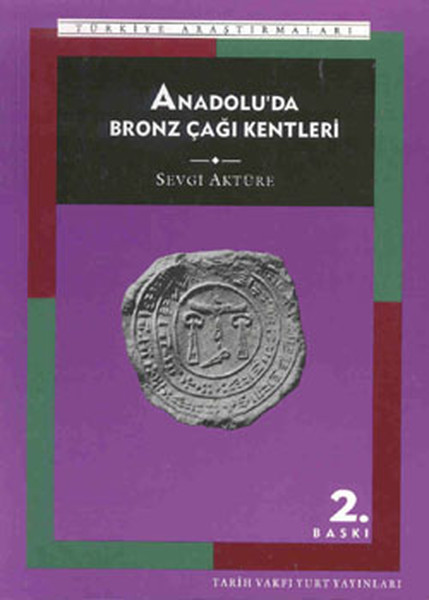Bronze Age in Anatolia

Semhur, . "Bronze Age Anatolia." Ancient History Encyclopedia. Last modified February 13, 2018. https://www.ancient.eu/image/8082/.
The Bronze Age (3300–1200 BC)
The first flowering of civilization during the Early Bronze Age (3200–1900 BC) brought a network of independent city-states, centered on fortified towns dominated by palaces and temples. Excavated sites are Lidar, Kurban Höyük, Arslantepe, Norsuntepe, and Tarsus in the southeast; Ikiztepe in the north; and Troy I and II in the northwest. Their economy was based on trade and metalworking, particularly arsenical copper. The simple painted pottery was increasingly wheel-made and burnished. During this period, eastern Anatolia was drawn into the cultural sphere of the Transcaucasian Kura-Araxes culture, characterized by its handmade, highly polished red-black pottery. From the middle of the third millennium BC, a constant trickle of pastoral groups from the steppes north of the Black Sea entered Anatolia, forming a new elite. Their tombs at Alaca Höyük, Horoztepe, and Mahmutlar contained exquisite bronze and gold artifacts showing cultural connections with Eurasia and Iran. From around 2400 BC, however, many towns declined and were destroyed, probably as the result of internecine warfare and bids for power by invading groups, such as the ancestors of the Hurrians and the Indo-European Luwians and Hittites. The Middle Bronze Age (ca. 2000–1600 BC) basically continued the material culture of the Early Bronze Age, but tools and weapons were increasingly made of tin bronze. The cuneiform archives found in the Assyrian trading colonies established outside some native towns, in particular Karum Kanes/Kultepe (1950–1750 BC), provide historical information on the period immediately preceding the establishment of the Hittite Old Kingdom. The political unification of Anatolia by the Hittites, from the beginning of the Late Bronze Age (ca. 1600 BC) on, and campaigns abroad brought wealth to the capital, Hattusas/Bogazkale, and towns such as Alaca Höyük, Acemhoyuk, Masat, and Tilmen Höyük. Excavations of monumental palaces and temple storerooms yielded a staggering amount of highly burnished red pottery, bronze weapons, art objects, ceremonial artifacts, and cuneiform archives informing us about the rituals and history of the empire. The monumental sculptures such as the Sphinx Gate at Alaca Höyük and the Lions, Sphinx, and King's Gate at Hattusas display Egyptian artistic influence. At the same time, the growing importance of Hurrian religion is reflected in the rock reliefs of Yazilikaya. It was found that in the thirteenth century BC, Hattusas expanded into a vast city of temples, surrounded by elaborate fortifications. The contemporary layers of Beycesultan and Troy in the western parts of Anatolia show a similar cultural horizon and close contacts with the Aegean world during the second millennium BC. A hypothesized climatic crisis during the thirteenth and twelfth centuries BC, political turmoil, and the invasion of the Sea Peoples apparently contributed to the collapse of the Hittite Empire. The destruction of Hattusas around 1200 BC marks the end of the Bronze Age.
Reference: Zohar, Mattanyah. "Anatolia." In The Oxford Companion To Archaeology. : Oxford University Press,, 2012.
Books
-
Archaeobotanical Investigations of Plant Cultivation and Husbandry Practices at the Early Bronze Age Settlement Kulluoba in West-Central Turkey by
Call Number: DS156.K85 C59 2015ISBN: 9781407314273Publication Date: 2015-10-30 -
Citadel and Cemetery in Early Bronze Age Anatolia by
Call Number: DR431 .B32 2015ISBN: 9781845536480Publication Date: 2016-01-01 -
Field season 2001-2003 of the Tarsus-Gözlükule : interdisciplinary research project by
Call Number: DS51.T2 F55 2005ISBN: 9758071076 -
Beycesultan by
Call Number: DR431.B4 L5 1965 -
-
Hittitology Today / l'Hittitologie Aujourd'hui by
Call Number: DS155 .R46 2014ISBN: 9782362450679Publication Date: 2017-03-15 -
Early Bronze and Iron Age Animal Exploitation in Northeastern Anatolia by
Call Number: GN855.T83 H68 2001ISBN: 184171237XPublication Date: 2001-06-28 -
-
Hittite Landscape and Geography by
Call Number: DS66 .H547 2017ISBN: 9789004341746Publication Date: 2017-09-19 -
-
Hittitology Today / l'Hittitologie Aujourd'hui by
Call Number: DS155 .R46 2014ISBN: 9782362450679Publication Date: 2017-03-15 -
Places and Spaces in Hittite Anatolia I by
Call Number: DS66 .P53 2017ISBN: 9786059680486Publication Date: 2017-07-01 -
 Identifying changes : the transition from Bronze to Iron Ages in Anatolia and its neighbouring regions : proceedings of the International Workshop, İstanbul, November 8-9, 2002
Call Number: GN855.T83 I34 2002ISBN: 9758070630
Identifying changes : the transition from Bronze to Iron Ages in Anatolia and its neighbouring regions : proceedings of the International Workshop, İstanbul, November 8-9, 2002
Call Number: GN855.T83 I34 2002ISBN: 9758070630 -
Ethnoarchaeology of Anatolia: Rural Socio - Economy in the Bronze and Iron Ages
Call Number: CC79.E85 Y35 2000 -
Alaca Höyük excavations : preliminary report on research and discoveries, 1963-1967
Call Number: DS51.A26 K673 1973 -
The Hittites and their contemporaries in Asia Minor by
Call Number: DS66 .M23 1996ISBN: 0500278873Publication Date: 1996-09-17 -
-
-
-
-
 İkiztepe kazıları'nın ışığında M.Ö. 2. bin yıl öncesi Orta Karadeniz bölgesi sahil kesimi mimarisi : İkiztepe yapıları
Call Number: DS156.I55 T86 2009ISBN: 9786053960645
İkiztepe kazıları'nın ışığında M.Ö. 2. bin yıl öncesi Orta Karadeniz bölgesi sahil kesimi mimarisi : İkiztepe yapıları
Call Number: DS156.I55 T86 2009ISBN: 9786053960645 -
-
The Kingdom of the Hittites by
Call Number: DS66 .B75 1999ISBN: 0199240108Publication Date: 1999-05-13 -
Tell Atchana, Ancient Alalakh Volume 1 by
Call Number: DS51.H35 T46 2010ISBN: 9786055607135Publication Date: 2010-12-31 -
Overturning Certainties in near Eastern Archaeology by
Call Number: DS56 .O84 2017ISBN: 9789004353565Publication Date: 2017-10-05 -
 Unutulmuş krallık : antik Alalah’ta arkeoloji ve fotoğraf = the forgotten kingdom : archaeology and photography at ancient Alalakh
by
Call Number: DS156.A47 U58 2014ISBN: 9786055250379
Unutulmuş krallık : antik Alalah’ta arkeoloji ve fotoğraf = the forgotten kingdom : archaeology and photography at ancient Alalakh
by
Call Number: DS156.A47 U58 2014ISBN: 9786055250379 -
Hitit dünyasında yaşam ve toplum = Life and society in the Hittite world
Call Number: DS66 .B75520 2003ISBN: 9752980864 -
Warriors of Anatolia by
Call Number: DS66 .B758 2019ISBN: 9781788312370Publication Date: 2019-02-07



